Pick Mushrooms for Health and Good Taste
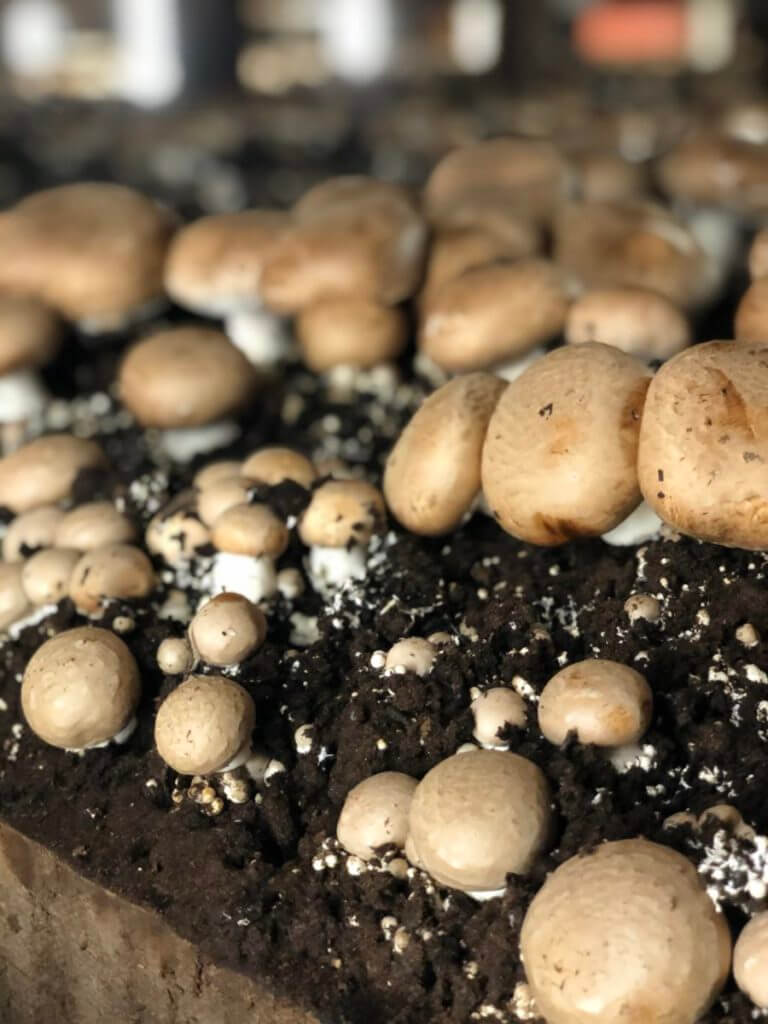
Nothing compares to the earthy fragrance and taste of mushrooms freshly sautéed in a bit of olive oil and garlic. But did you know that mushrooms are far more special than their delicious taste suggests? Neither plant nor animal, they are classified in the kingdom of fungi. But they are even more unique within the fungi kingdom, because they are the complex fruiting body of the fungal organism. Just as a tree produces fruit to bear seeds to continue the species, so does a fungal organism produce mushrooms to carry spores to continue its own species. With thousands of mushroom species present in the world, most of these fungi remain mysterious, as only 10 percent of the species have been identified.
Given their uniqueness, it’s not surprising that mushrooms have piqued interest for their potential medicinal value. For thousands of years people have treasured them for both their rich flavor and therapeutic effects. According to Donald Abrams, MD, Professor at the University of California San Francisco and Director of Osher Center for Integrative Medicine, they have long been used medicinally in Asia, and they are now becoming more accepted around the globe for therapeutic purposes. A number of well-known drugs originated in the fungi kingdom, including penicillin, two statins (lovastatin and squalestatin,) ciclosporin, and cephalasporin. And, Ganoderma lucidum (known as the “mushroom of immortality” in China) is responsible for $1.5 billion in worldwide extract sales because of its purported medicinal value.

“Super” mushrooms for health
Naturally low in calories and fat, they only contain 18 to 28 calories per three-ounce serving, depending on the variety. What’s even more important is what they contain. Abrams, who studied medicinal mushrooms reports, “In the 60s and 70s, scientists began to isolate special active constituents in mushrooms.” Constituents isolated in mushrooms include beta-glucans (sugar molecules), proteins, carbohydrates, fats, vitamins, trace elements and naturally-occurring plant compounds like sterols, phenols, and terponoids. Researchers also point out that mushrooms have a number of bacteria, yeasts and molds that may hold health-promoting promise.
The study of mushrooms’ health benefits has focused primarily on their anti-cancer activity, antioxidant action and immune-enhancing benefits. A few studies have looked into other potential benefits, including weight management and satiety, and reduction in levels of blood lipids and glucose. Mushroom beta-glucans may be the secret ingredient, as they appear to have immune-stimulating and cholesterol-lowering effects as well as anti-cancer activity. Other studies have been performed to determine anti-cancer properties using mushroom extract and yeast, in which beta-glucans is a core component.
Mushrooms take on cancer
According to Abrams, they may be especially beneficial in cancer treatment, with some varieties under study for their direct anti-cancer activity, as well as immune-enhancing response in cancer patients. “They are widely used as an adjuvant therapy for cancer in Japan and China,” adds Abrams. A number of studies have already demonstrated that some varieties might reduce the risk of certain cancers, as well as inhibit tumor growth. At City of Hope, a National Cancer Institute-designated Comprehensive Cancer Care Center in Duarte, CA, researchers are currently investigating mushrooms’ potential in reducing or even stunting breast and prostate cancer growth in human clinical studies.
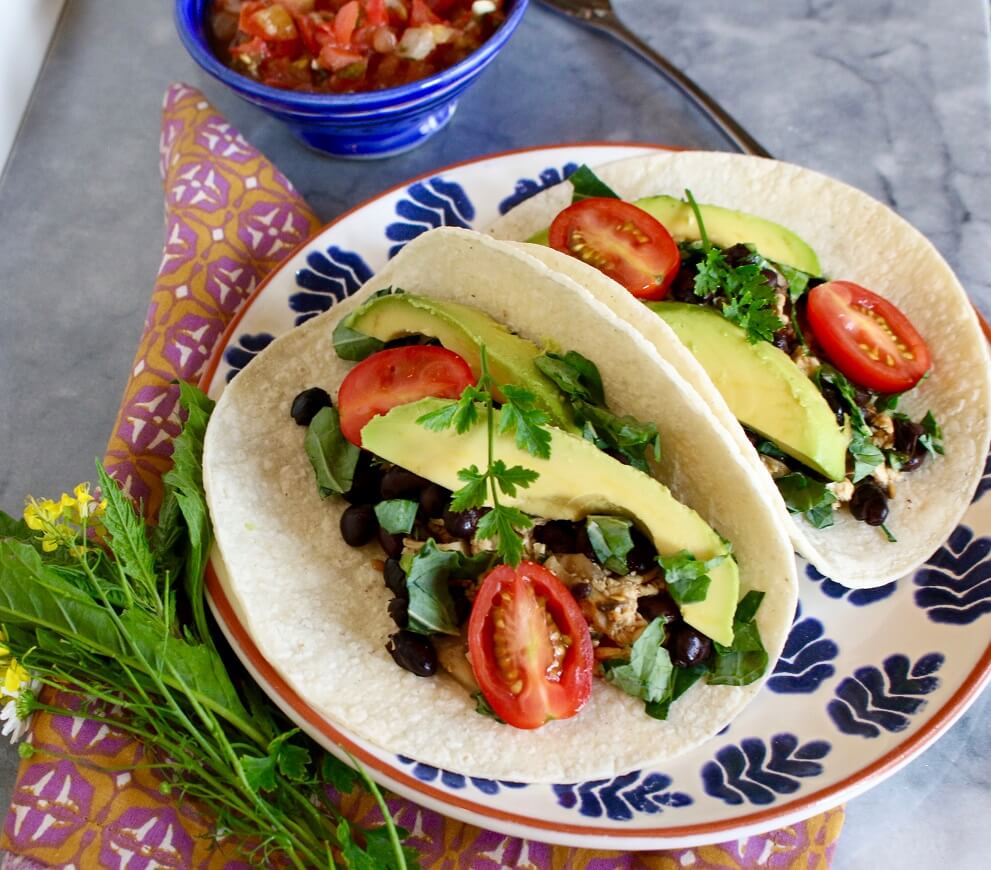
An unlikely vitamin D source
Another reason they are on scientists’ radar is because they’re an excellent source of today’s most buzz-worthy vitamin—vitamin D. Vitamin D has been studied by the National Institute of Health for its possible connections to several diseases and medical problems, including diabetes, hypertension, multiple sclerosis, bone disorders and some types of cancer. It also plays a role in maintenance of healthy bones, teeth, and muscles.
Vitamin D is not easily found in many food sources. Similar to the way in which humans absorb sunlight through the skin and convert it to vitamin D, mushrooms contain ergosterol that converts to vitamin D when exposed to sunlight. White or button mushrooms (Agaricus bisporus) have been known to contain an abundance of ergosterol. Thus, these mushrooms contain high levels of vitamin D from exposure to ultraviolet light under controlled conditions. For example, portabella mushrooms exposed to ultraviolet light contain 387 International Units (97% Daily Value) of vitamin D per 84 gram (about three ounces) serving. Today, more mushroom growers are exposing their mushrooms to UV light to increase vitamin D levels, therefore increasing consumer health.
Get cooking with mushrooms
Now that you know how unique they are, why not pop them into your diet more often? Many cuisines, from European to Indian to Asian, highlight a variety of delectable fungi. While Americans are most familiar with the white variety, there are so many delicious types available that are worth tasting (see “Mushroom Varieties for the Picking”). Remember that mushroom hunting in the wild is risky business, because many species are poisonous—but don’t be afraid to hunt for them in your weekly supermarket or farmers market shopping expeditions.
Mushroom Varieties for the Picking

White (or button): The most popular variety in the U.S., this mushroom has a mild taste that blends well with most anything. Sauté as a side dish; cook in pizza, pasta, veggie-burgers, soups and casseroles; or enjoy raw in salads.

Crimini: Similar in appearance to white mushrooms, these have a tan-to-brown cap, firmer texture and deeper flavor. Slice them into stews, soups, pastas, stuffing, quesadillas, omelets and risottos.
Portabella: A larger relative of crimini, these have tan or brown caps, measure up to six inches, and have a deep, meaty texture and flavor. Grill, broil and roast them as an entrée, side dish or appetizer.
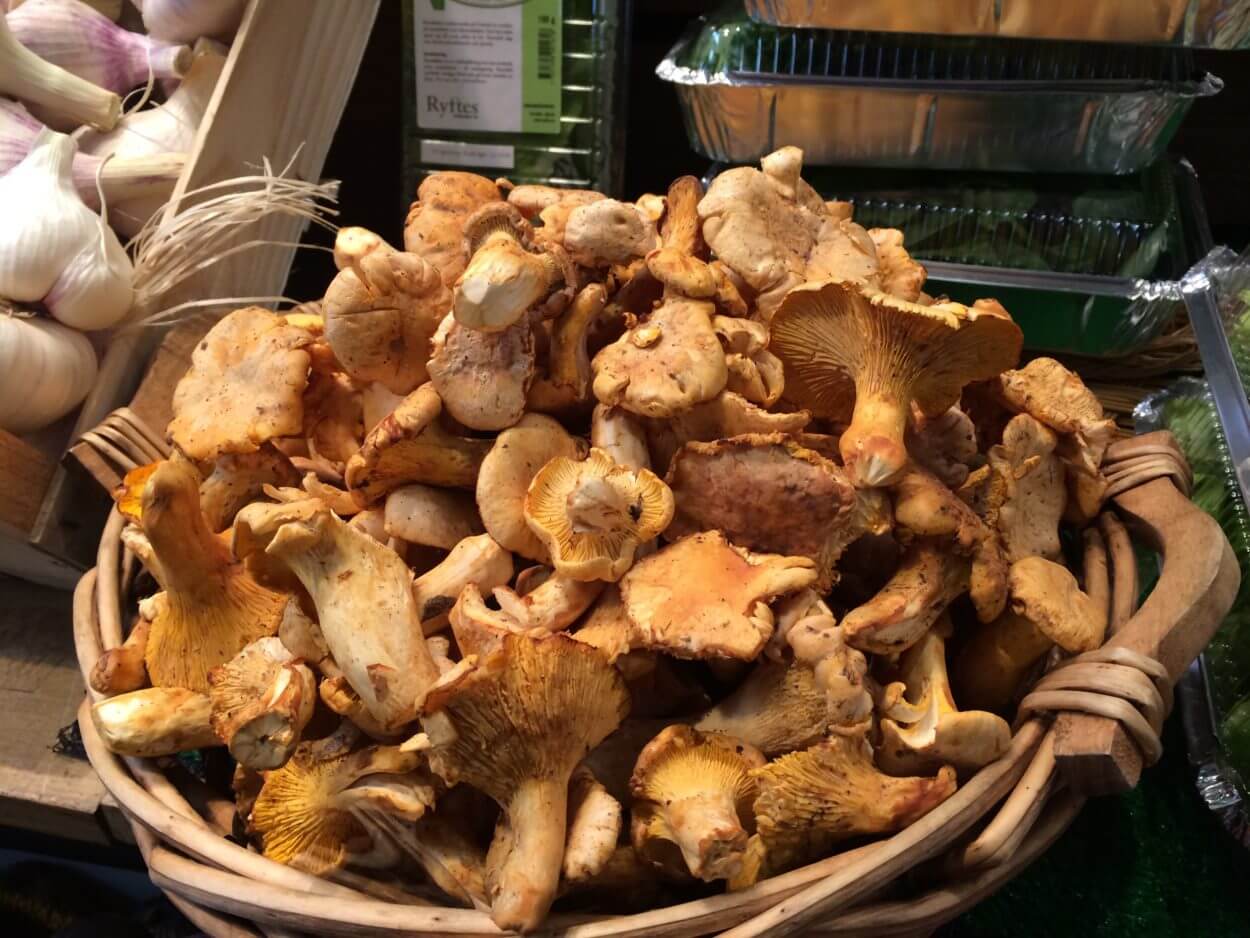
Enoki: These tiny, button-capped mushrooms with long spindly stems are mild tasting and crunchy. Try them raw in salads and sandwiches, stir them in soups, and stir-fry them with tofu and vegetables.
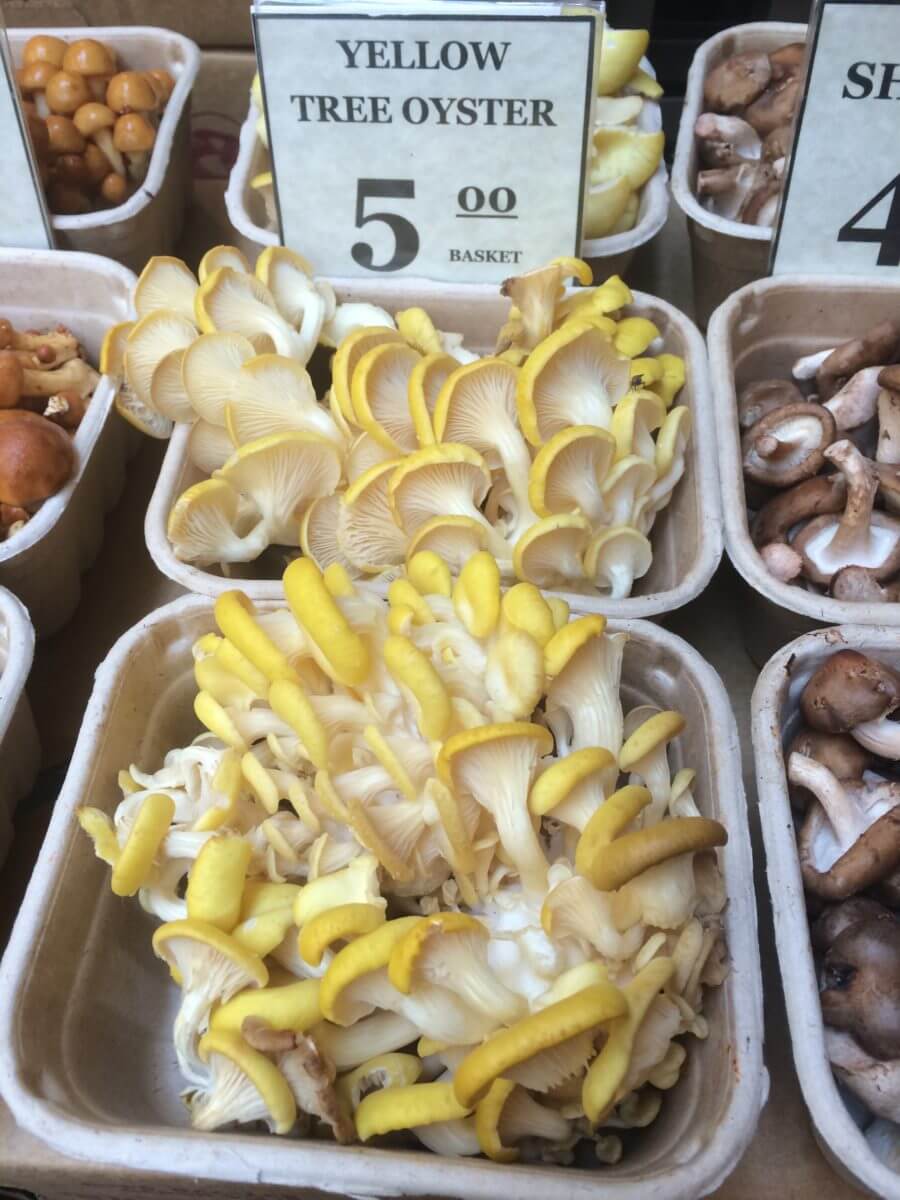
Oyster: Delicately flavored with a velvety texture, oyster mushrooms can be gray, pale yellow or blue. Sauté them with a small amount of butter and onions to bring out their flavor, or slice into pasta, soups or salads.
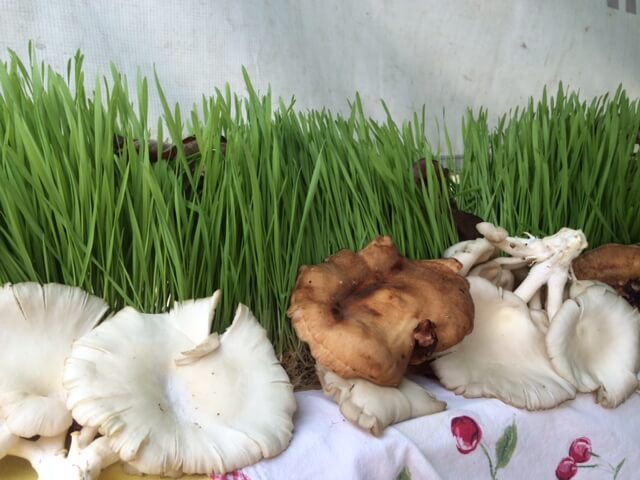
Maitake: Often called “Hen of the Woods,” these mushrooms are fan-shaped with a woodsy taste and aroma. Sauté them as a side dish or use as an accompaniment for hearty entrees, soups and grain dishes.
Shiitake: These tan-to-dark brown mushrooms have umbrella-shaped caps, and curved stems (remove the tough stems for better texture). With a meaty texture and rich flavor, shiitake are excellent in bold stir-fries, pastas, soups, entrees and grain dishes.
For some of my favorite plant-based mushroom recipes, check out the following:
Mushroom Stroganoff
Sonoma Kale Salad with Red Grapes and Mushroom-Red Wine Vinaigrette
Scrambled Turmeric Tofu with Mushrooms and Greens
Written by Sharon Palmer, MSFS, RDN on August 19, 2012; updated on July 22, 2019.


